Sponsorship Speech of Sen. Bam on Microfinance NGOs Act
An Act Strengthening Non-Government Organizations
Engaged in Microfinance Activities for the Poor otherwise known as the Microfinance NGOs Act
Senator Paolo Benigno “Bam” Aquino IV
16th Congress, Senate of the Philippines
Sponsorship Speech, 6 May 2015
Good afternoon, Mr. President, my distinguished colleagues, mga kaibigan, mga kababayan.
It is with great privilege that I address you today to support the development and inclusive growth of the poor and marginalized as I sponsor Senate Bill No. , under Committee Report No. , entitled An Act Strengthening Non-Government Organizations Engaged in Microfinance Activities, or otherwise known as the Microfinance NGOs Act.
The Philippine economy has grown immensely in the past years. We saw that in the last quarter of 2014, our economy grew at 6.9%, contributing to our annual gross domestic product growth rate at 6.1%[1]. This figure is still one of the highest growth rates in the region.
We are cited as the second fastest growing economy in Asia[2], second only to China. We are the fastest growing economy in the ASEAN. And we expect to sustain this momentum in the next few years.
Moreover, we have been earning improved investment grade ratings from Moody’s, Fitch, and Standard & Poor.
When a decade ago, we were called the “Sick Man of Asia,” now we are among Asia’s “Rising Stars”.[3]
Ngunit sa gitna ng pag-unlad ng ating bansa, marami pa rin sa ating mga kababayan ang hindi nakararanas nito at di nakakatikim ng ginhawang dulot nito.
In the latest report of the Philippine Statistics Authority, our poverty incidence for the first quarter of 2014 is 25.8%.
Ibig sabihin nito, Mr. President, mayroon pa rin tayong 25 milyong kababayan ang maituturing na mahirap[4].
Habang tuluy-tuloy ang pag-angat ng Pilipinas, ang hamon sa ating lahat ay siguraduhing nakikinabang ang lahat ng sektor ng bayan.
Hand in hand with civil society and the private sector, we need to support and strengthen programs and efforts, private organizations and institutions that aid the poor in their journey to prosperity.
Apart from helping the poor directly through government programs, we also have the opportunity to bolster an entire sector willing to take part in advancing inclusive growth.
The Microfinance NGO Act aims to recognize the microfinance NGO sector, and the crucial role it plays in our struggle to alleviate our fellow Filipinos from poverty and enable the poor to build their own businesses and create their own sustainable livelihood.
Mr. President, time and time again, we have emphasized the important role of the micro, small, and medium enterprises or MSMEs, in our nation’s endeavor to foster inclusive growth. MSMEs compose 99.6% of total establishments in the Philippines and they have contributed 61.2% of the country’s total employment[5].
Out of this substantial piece of the pie, 91.6% are micro-enterprises[6]. These micro businesses are composed of sari-sari stores, handicraft makers, service shops, and other modest businesses that serve as the main source of livelihood for many Filipinos.
Micro entrepreneurs also include local artisans, market vendors, and farmer entrepreneurs who transform local materials with products and services at greater value for their communities.
Ang maliliit na negosyong ito ay maaaring lumawak at maglaan ng mas mabuting kinabukasan para sa mga pamilyang Pilipino, basta’t bigyan lamang natin sila ng tamang suporta.
Stories of Grit
Mr. President, bilang dating social entrepreneur at ngayon ay Chairman ng Senate Committee on Trade, Commerce, and Entrepreneurship, marami-rami na tayong narinig na kuwento ng ating mga kababayang nais magnegosyo.
Sa ating patuloy na pakikinig at pakikipag-usap sa kanila, ang paulit-ulit na tanong sa atin ay, “Senator Bam, saan po kami makakahanap ng kapital para makapagpatayo ng maliit na tindahan? Saan po puwedeng humiram na mababa lamang ang interes para mapalago ko ang aking negosyo?”
Napakahalaga na mabigyan natin ng suporta ang ating mga negosyante, lalo na sa kapital, para mapalago nila ang kanilang mga negosyo at ang kanilang estado sa buhay.
Mr. President, nais kong ibahagi sa inyo ang dalawang kuwento ng ating mga kababayan na dahil sa tulong ng mga microfinance NGOs, ang kanilang mga pangkabuhayan ay lumago at umasenso.
Aling Ester and Pandan Bags[7]
Lumaki sa paghahabi ng mga banig na pandan sina Aling Ester Lumbo at ang kanyang asawa na si Mang Bartolome sa Negros Occidental. Sila ang unang nagbenta ng mga hinabing pandan bags sa merkado.
Ngunit nang kinailangan ng surgery ang kanilang ikatlong anak sa Maynila, napilitan silang iwan ang kanilang negosyo upang tiyaking bumuti ang kalagayan ng kanilang anak.
Nang pagbalik nila sa kanilang bayan, naubos ang kanilang pangkabuhayan at nabaon sila sa utang. Buti na lang at natagpuan nila ang Negros Women for Tomorrow Foundation (NWTF), na isang microfinance NGO, na siyang tumulong sa kanilang makabalik sa pagnenegosyo.
Ngayon, sila’y nakakabenta na ng 150,000 na produktong gawa sa Pandan kada-buwan. Nakapagpatayo na rin sila ng bagong bakery.
Higit sa lahat, nasustentuhan nila ang kanilang pamilya at nakapagtapos na ng kolehiyo ang kanilang tatlong anak.
Ate Consuelo and Sabutan Handicrafts[8]
Ang pangalawang kuwento ay tungkol sa pangangailangan ni Consuelo Valenzuela na kumita para sa kanyang pamilya. Siya ay panlabing-isa sa labinlimang magkakapatid, kung saan ang tatay niya ay isang karpintero at naiwan sa bahay para mag-alaga ng mga anak ang kanyang nanay sa Baler, Aurora.
Ninais niyang tulungan ang kanyang pamilya nang makatapos siya kaya bukod sa trabaho niya sa munisipyo, nag-isip siya ng iba-ibang mga produkto. Nakahiram siya ng P5,000 mula sa Alalay sa Kaunlaran, Inc. (ASKI), isang microfinance NGO, na nagturi sa kaniya ng marketing at sales.
Dinala nila ang kanyang mga produkto sa mga provincial at regional trade fairs. Para kumita, binenta niya nang wholesale ang kanyang mga produkto sa labas ng kanilang probinsya.
Sa ganda ng kanyang mga produkto, nakakakuha na siya ng mga order mula sa California sa Estados Unidos. Napag-aaral na niya ang kanyang mga pamangkin at nasusustentuhan ang pangangailangan ng kanyang pamilya.
There are many more Aling Esters and Ate Consuelos out there – stories of grit, challenges and struggles from poverty to determination and triumphs of growth through small-scale businesses and community livelihood projects.
These would not have been possible without microfinancing and particularly, microfinance NGOs.
Pangarap ng maraming Pilipino ang magpatayo ng maliit na negosyo at maging lunas ito sa kanilang kahirapan. Ang tulong na handog ng mga microfinance NGO ang nagiging simula ng landas tungo sa kaunlaran.
Microfinance and the Access to Loans
Mr. President, microfinance is defined by the Bangko Sentral ng Pilipinas (BSP) as,
(Quote) “…the provision of a broad range of financial services such as – deposits, loans, payment services, money transfers and insurance products – to the poor and low-income households, for their microenterprises and small businesses, to enable them to raise their income levels and improve their living standards[9].” (end quote)
Para sa nakararami nating kababayang may maliit na negosyo, napakahalaga ng tulong ng microfinance imbis na lumapit sila sa mga nag-fifive-six.
Sa sistemang 5-6, sa bawat limang pisong inutang mo, ang kailangang ibalik ay anim na piso bawa’t araw. In other words, you pay an additional 1 peso per day for every 5 peso loan, which is a monthly rate of 600%!
Mr. President, this is where microfinance can fill in the gap and address the needs of our small businesses, specifically, our micro entrepreneurs.
Microfinance Institutions and Microfinance NGOs
Mr. President, there is also a need to distinguish microfinance NGOs from other microfinance institutions. In the Philippines, microfinancing services are provided by cooperatives, rural and thrift banks, and non-government organizations or NGOs.
It is important to note that the Microfinance NGO Act covers only microfinance non-government organizations, and does not cover for-profit microfinance institutions.
Microfinance NGOs are non-stock, non-profit entities that share in the State’s goal of inclusive growth and sustainable poverty alleviation. As not-for-profit institutions, the main purpose of a microfinance NGO is to empower the marginalized sector and give them the means to move themselves out of poverty and into financial sustainability.
Microfinance NGOs offer a variety of loans to low-income households with an average nominal interest rate of 2 to 2.5% and a usual loan cycle of 6 months[10].
Loans offered are not limited to business or livelihood loans. Types of loans can range from housing and educational to medical and even energy related [11] .
In 2013, the 23 microfinance NGO members of the Microfinance Council of the Philippines, Inc. (MCPI) alone had a gross loan portfolio of over 15.26 billion pesos. This catered to more than 2.7 million micro-entrepreneurs[12].
But their services go beyond microfinancing.
The earnings of these Microfinance NGOs are either 1.) used for the sustainability of the organization, 2.) reinvested to expand the services for more to benefit from the loans, or 3.) used to fund other programs towards uplifting the poor, such as research, financial literacy training, capacity building trainings, marketing activities, or other micro-business development services.
Mr. President, more than just reasonable financing programs, microfinance NGOs also provide training programs and seminars to enhance the entrepreneurial skills and financial literacy of their borrowers [13] .
With our push for the passage of the Microfinance NGO Act today, we will recognize these institutions, which help deliver government services to the poor.
Microfinance NGOs as Partners in Development
The Department of Social Welfare and Development (DSWD) has forged partnerships with microfinance NGOs Alalay Sa Kaunlaran Incorporated (ASKI), the Center for Community Transformation (CCT), and the Ramon Aboitiz Foundation Microfinance (RAFI Microfinance) through its Sustainable Livelihood Program to enhance the Pantawid Pamilyang Pilipino Program.
Kinikilala rin ng Department of Agrarian Reform (DAR) ang kahalagahan ng mga microfinance NGOs. Kasama ng DAR ang Center for Agriculture and Rural Development, Inc. (CARD) upang isagawa ang kanilang microfinancing strategy para makatulong sa mga agrarian reform beneficiaries.[14]
Nagsanib-puwersa rin ang Technical Education and Skills Development Authority (TESDA), Coca-Cola Philippines, mga local government units (LGUs), ang ASKI, at Negros Women for Tomorrow Foundation (NWTF) sa programang, “Sari-Sari Store Training and Access to Resources (STAR) Program.” [15]
The Link to Negosyo Centers
Since we passed the Go Negosyo Law and began building our Negosyo Centers around the country, we have found that the public are most excited about the center’s ability to connect and refer entrepreneurs to legitimate financial institutions willing and able to cater to their needs.
Microfinance NGOs can work hand in hand with the Negosyo Centers around the country to expand their reach and help even more Filipinos improve their standard of living through improved access to loans, business networks, and effective training programs.
—
The Microfinance NGO Act will help microfinance NGOs become more effective sources of support for the poor and it will encourage more institutions to help in the promotion of the development of micro businesses all over the country.
In the end, the goal of this measure is to ensure more Filipinos will be able to write their own stories of success and development.
Mr. President, esteemed colleagues, I urge you to join us in our continued push to empower our Filipino people with the skills and financial means to lift themselves out of poverty and achieve their own financial security.
Let us support the microfinance NGOs that help make our dream – of prosperity for all – a reality.
Maraming salamat po, at magandang hapon sa ating lahat!
[1] Vera, Ben. 29 January 2015. Philippine Daily Inquirer. “PH GDP Grew 6.1% in 2014, 6.9% in 4th Quarter.” Accessed via http://business.inquirer.net/185733/ph-gdp-grew-6-1-in-2014-6-9-in-4th-quarter last 15 February 2015.
[2] Dancel, Raul. 29 January 2015. The Associated Press. “The Philippines is Asia’s Second Fastest-Growing Economy in 2014 after China.” Accessed via <http://www.thejakartapost.com/news/2015/01/29/the-philippines-asias-second-fastest-growing-economy-2014-after-china.html> last 12 February 2015.
[3] Torres, T. 27 November 2013. The Philippine Star. “Phl Lone Asian Country in S&P List of Rising Stars.” Accessed via http://www.philstar.com/business/2013/11/27/1261217/phl-lone-asian-country-sp-list-rising-stars last on 16 December 2013.
[4] Philippine Statistics Authority (PSA). March 6, 2015. “Poverty incidence among Filipinos registered at 25.8%, as of first semester of 2014 – PSA”. Last accessed May 4, 2015. <http://www.nscb.gov.ph/pressreleases/2015/PSA-20150306-SS2-01_poverty.asp>
[5] MSMED Council. Micro, Small and Medium Development Plan 2011-2016. http://www.dti.gov.ph/dti/index.php/msme/smed-plan
[6] MSMED Council. Micro, Small and Medium Development Plan 2011-2016. http://www.dti.gov.ph/dti/index.php/msme/smed-plan
[7] Microfinance Council of the Philippines, Inc. Small Steps to Success: Citi Micro entrepreneur of the Year Awards. Accessed last 13 February 2015.
[8] Ibid.
[9] Bangko Sentral ng Pilipinas. “Microfinance.” Accessed via http://www.bsp.gov.ph/downloads/regulations/attachments/2001/circ272.pdflast 14 February 2015.
[10] Information from the Microfinance Council of the Philippines, Inc. (MCPI)
[11] Microfinance Council of the Philippines, Inc.
[12] Ibid.
[13] Ibid.
[14] Anjanette Nemiaga. March 25, 2013. “DAR-CARD, Inc. launches microfinance operations”. Last accessed on 2.25.2015 (http://piazampen.blogspot.com/2013/03/dar-card-inc-launches-microfinance.html)
[15] Coca-Cola Journey Staff. “Coca-Cola Philippines Kickstarts Christmas Celebration with Gathering of Women Entrepreneurs”. <http://www.coca-colacompany.com/stories/5by20/coca-cola-philippines-kickstarts-christmas-celebration-with-gathering-of-women-micro-entrepreneurs>




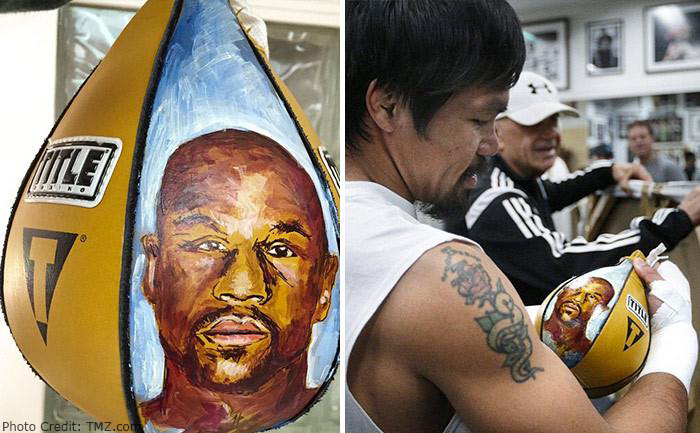
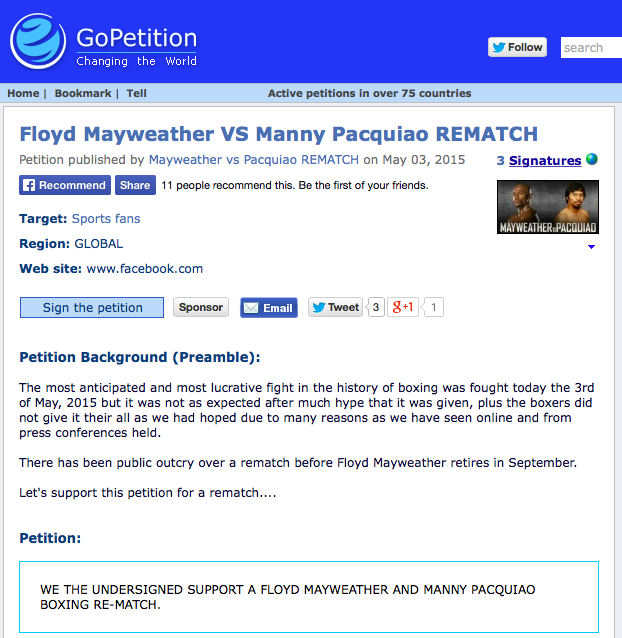



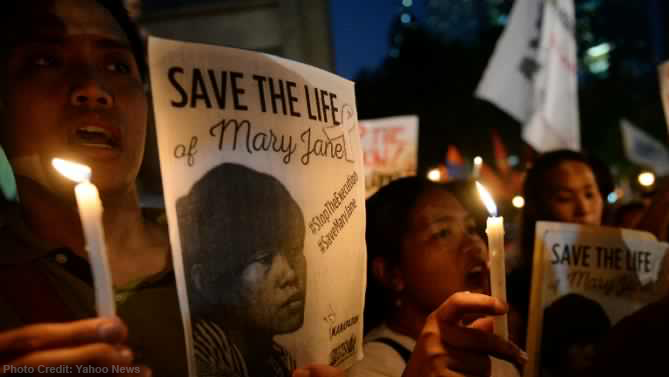



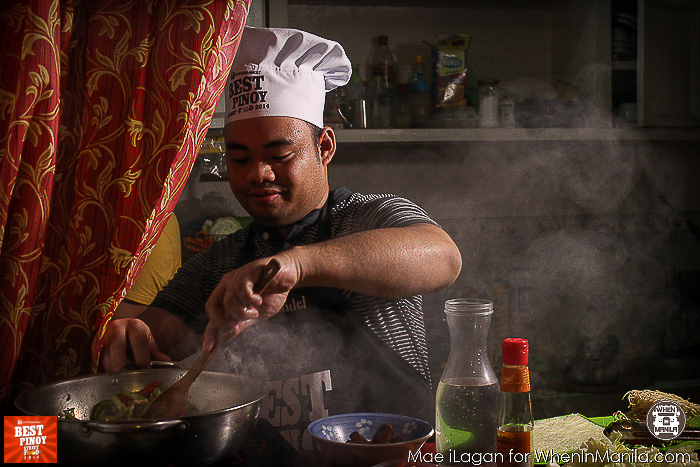

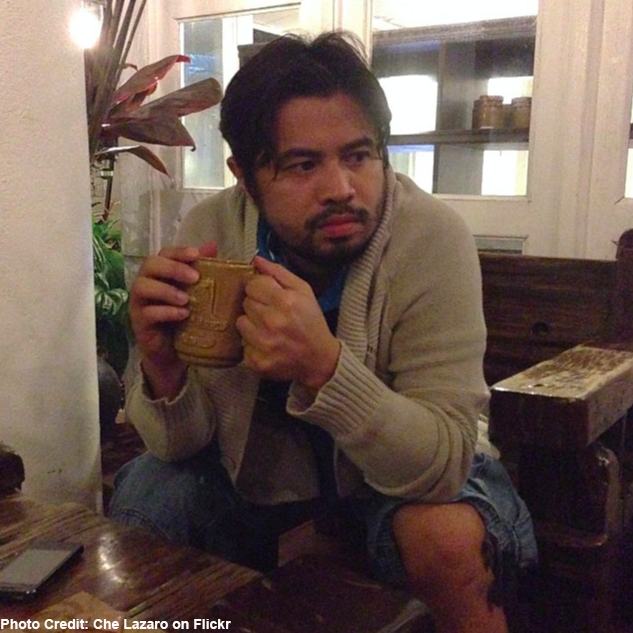
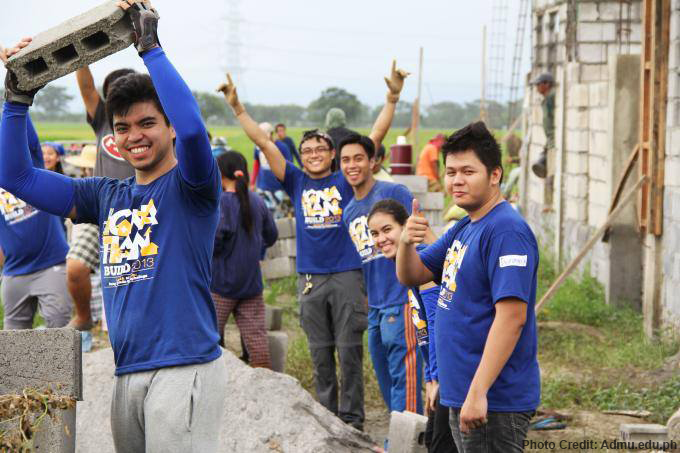

Recent Comments